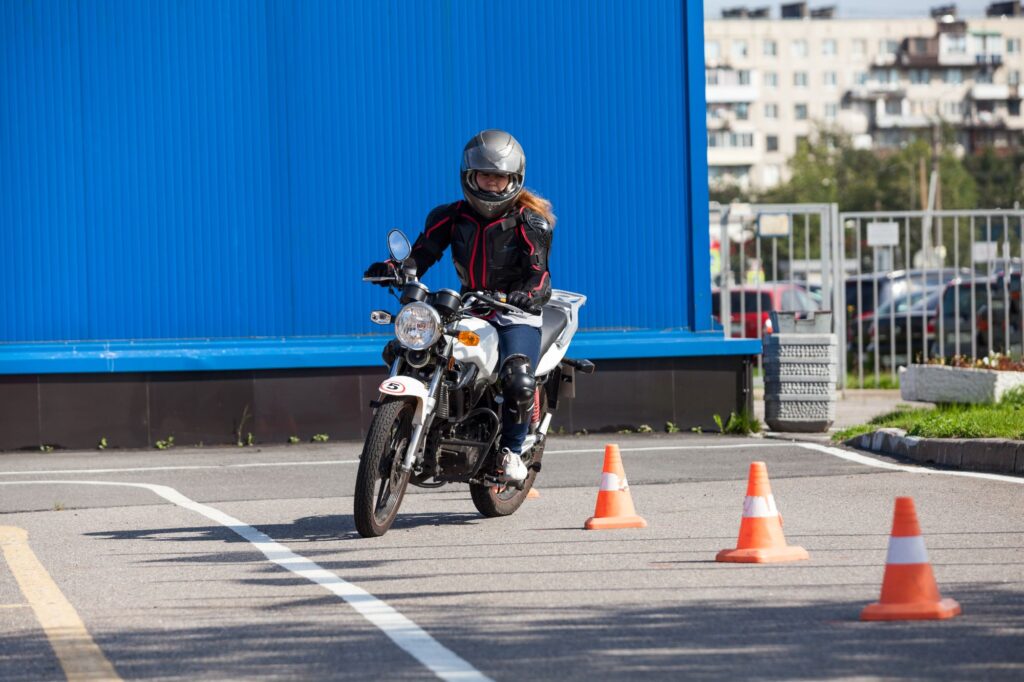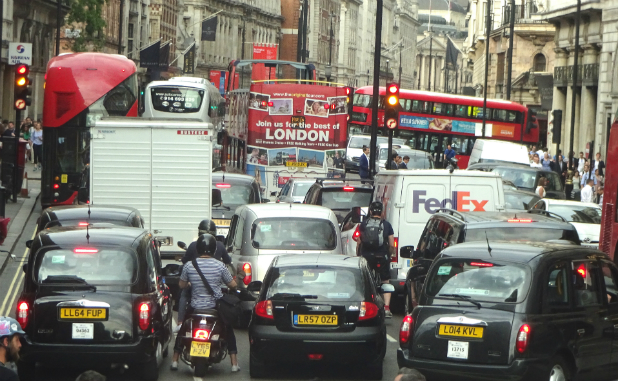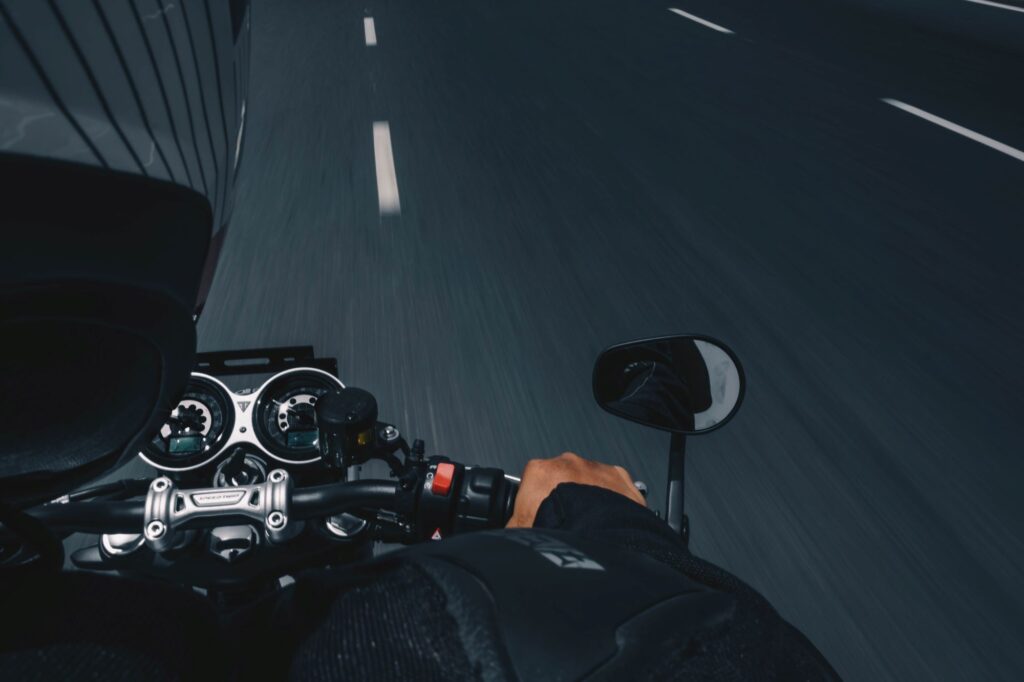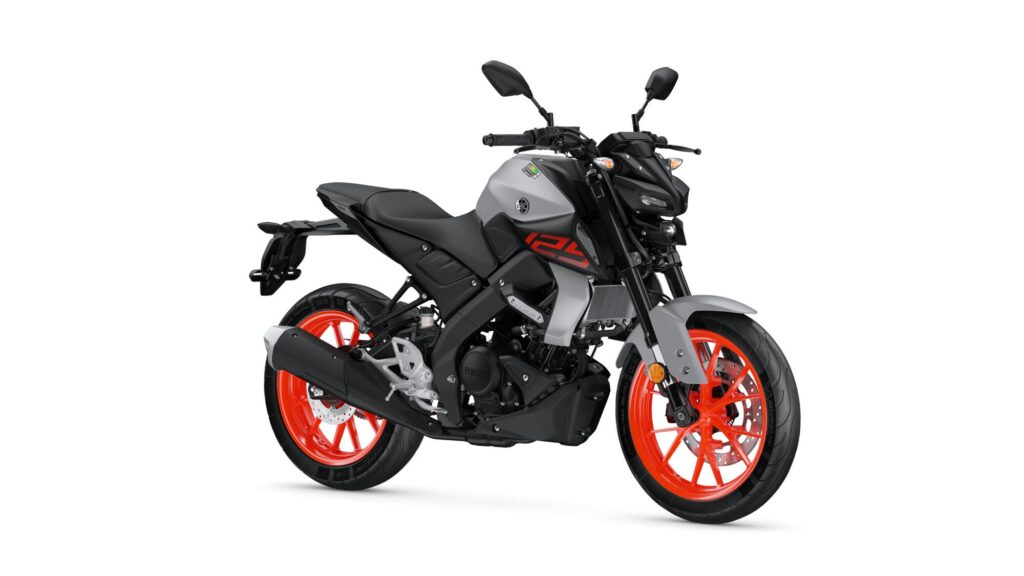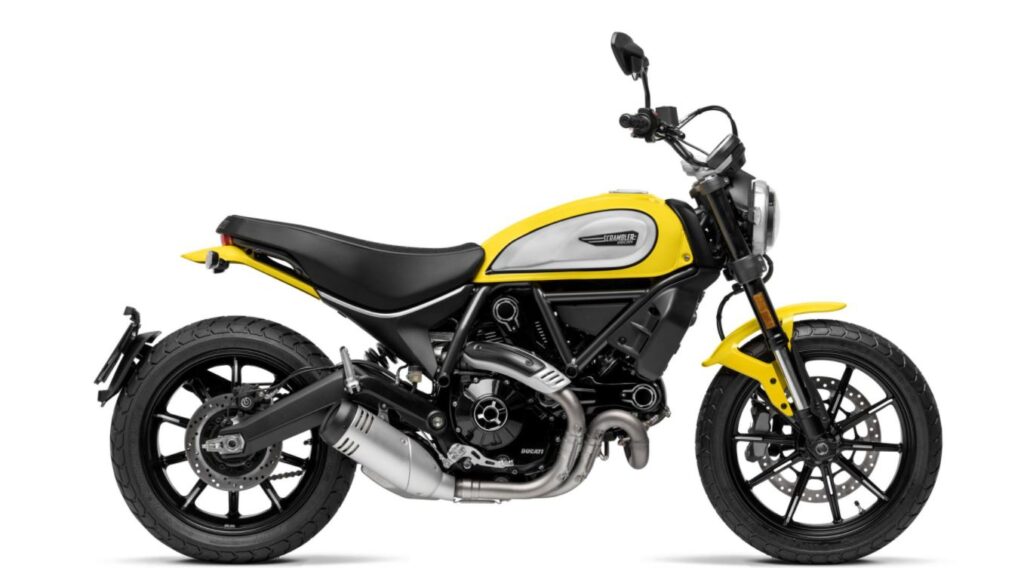The Starting Line
Have you ever thought about owning a classic motorcycle? If you’ve ever seen a movie featuring Steve McQueen the answer is probably yes. But maybe you’d own one with the intention of opening up the throttle, not keeping it under wraps for 20 years and selling it at a profit.
We’re not saying this is what Steve McQueen had in mind when he bought his 1936 Indian Chief – that is stretching the imagination – but if he’d paid £500 for it, he would have made £49,500 when Bonhams auction house sold it in 2014 for £50,000. That’s a whopping 9800% increase in value. While that increase reflects the influence celebrity can have on resale values, it doesn’t reflect the length of time it took for the motorcycle to appreciate in desirability or price, the cost of maintenance or auction house commission.
Sybil de Bidaph, from Indian Riders motorcycle club, tells a different story, one that shows how times have changed:
“We struggled to sell a very nice Indian Chief in 1989. We eventually sold it for £4,000. Today, a 1935 Chief is very desirable and would fetch anywhere from £26,000 to £35,000 depending on condition.”
What these figures reveal is collectors, celebrities, investors, and enthusiasts alike are prepared to dig deep to own their dream machine, but there’s no guarantee of what might be desirable in the future and you might have to wait 20 or 30 years to see any increase in value.

Pitstop
Let’s take a break for a second from fanciful, movie-star return on investments. If you are genuinely considering this as an investment, there are certain things – and risks – you need to be aware of. Here are the essentials.
You’re not buying to ride
The key to this opportunity is focussing on the word investment. You’re not buying to enjoy, to ride, or show the motorcycle off, although you certainly can do all those things. Primarily, you’re buying in the hope it will remain desirable and appreciate in value. That means being careful with what you buy and taking very good care of it. Be wary of restoration projects. They’re better left to the enthusiast. You might need substantial sums of money to turn it into something that accrues value.
Deciding what to buy
Your options include everything from design classics (Ducati 916), design flops (Aprilia Moto 6.5), historical designs (Vincent Black Shadow), celebrity-owned classics (Indian Chief), to zero-mileage, mothballed superbikes (Ducati Desmosedici RR).
Remember. This is an investment so don’t rush out and buy any old thing you happen to like the look of and hope, due to its age, it will somehow accrue value. It won’t. Not unless you have the luck of a lottery jackpot winner and the tide of fashion miraculously turns in your favour at the moment you decide to sell. Sound investments are based on good research and informed judgment.
Future value
When you’re buying to invest, you need to purchase what you think will sell for a profit in years to come, which also means you need to think about how desirable that make and model will be in the future. There are a lot of beautiful bikes out there with a tank full of fascinating history, but they won’t all appreciate in value or be desirable in 20 years’ time.
What was once popular might fall out of fashion. What was never popular might become the next in-thing. Trying to gauge future desirability can be hard so it’s best to contact an experienced broker specialising in classic motorcycles, or another successful investor.
Importing and exporting
If the bike is coming from outside the UK, you’ll need to check with DVLA and HMRC about how to register it and what duties to pay. Any additional costs will naturally affect how much return you might make. Think carefully about importing and exporting from your future buyer’s perspective too. For example, if they’re based in China – the largest motorcycle market in the world – they might want to buy it but couldn’t import it.
As David McMullan, advisor to the China Chamber of Commerce, explains:
“At the moment exporting motorcycles to China is extremely difficult, especially if they are fully built up. The other problem is that so many come in illegally through Hong Kong that the imported bikes are more often than not priced out of the market.”
Storage, tax, MOT, insurance and maintenance
If you are planning on riding it then MOT, tax and insurance all need to be considered. The rules around which motorcycles attract which type of tax and MOT do change from time to time so do check with the Department for Transport first. Classic motorcycles, for personal use, are however usually exempt from capital gains tax. If the bike is well-known for being valuable then it will need a secure place to stay. Recurrent costs like these have to be absorbed and will potentially reduce your return
Even if you mothball your motorcycle, you’ll still need to make sure it’s properly maintained. Parts can be rare and expensive. In some cases, parts may not be made any longer, which means you’ll have to buy replicas or alternatives, which might then reduce the value of the future sale price. Either way, finding a qualified and experienced mechanic capable of maintaining or restoring your investment is critical because it’s their expert and tender loving care that can sustain and add value to it.

The bottom line
How much money could you make? It depends. The make and model play a huge role but so does how popular the bike will be in 20 years’ time and how many models are available and in what condition they are. None of these things always translate to an increase in the future sale value either. Some brokers keep track of pricing history for certain bikes, so talking to them can help you decide which motorcycle might be a good bet.
Depending on the availability, age, condition and mileage, more down to earth returns are possible on less famous machines:
- a 1976 Suzuki GT750 costing £3,500 in 2010 can fetch £10,000 today
- a 1962 Triumph T120 bought for £7,000 might now go for £13,000
- a 1972 Norton Commando costing £5,500, could sell for £9,000: a 63% increase in value
- And if you did fancy one of those Indian Chiefs, you could pick up a 741 Scout civilian model, or the military version, which is worth more. A few years ago they were £5,000 now they fetch £13,000
The finishing line
Right now, it doesn’t matter if you don’t know your Indian Chiefs from your Norton Commandos or Triumph T120s, what matters is that you’re aware of the opportunity. Like any investment, you should always seek qualified advice from a financial expert and someone who is a recognised authority on the motorcycle investment market. To get you started why not visit one of the many classic motorcycle shows across the country throughout the year!

